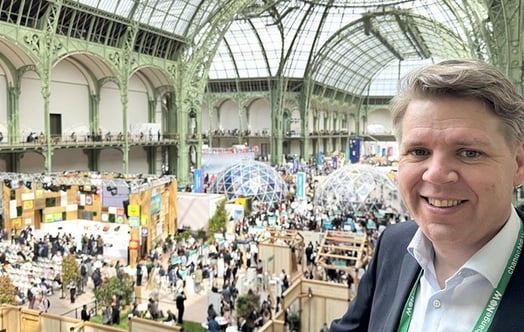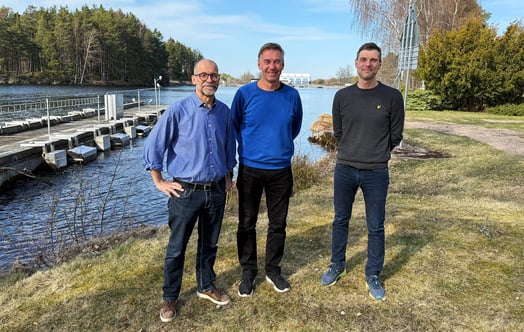Climate-smart heat: In Germany Vattenfall uses wastewater to heat Berlin homes.
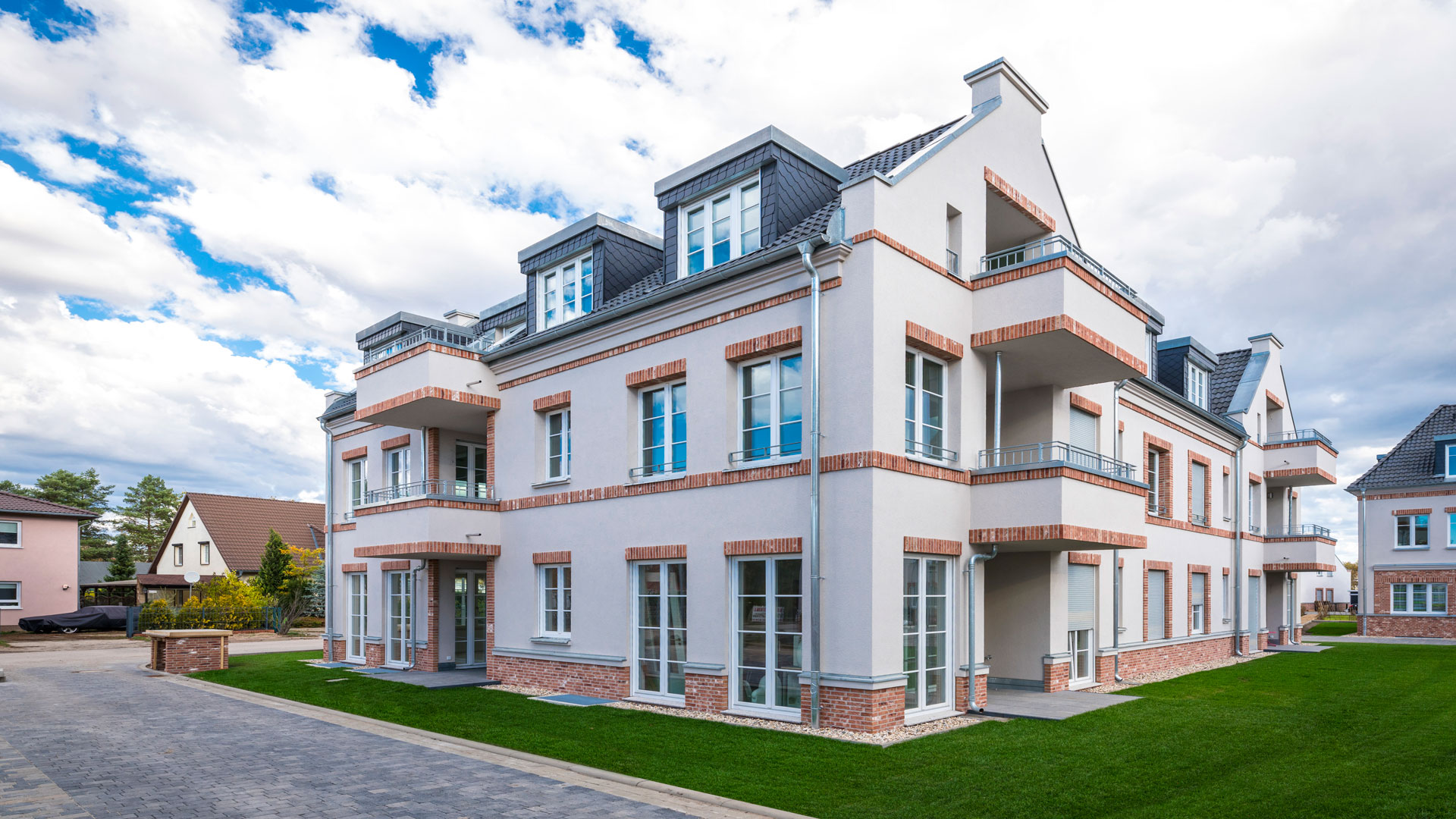
In the Grüne Aue-area in Berlin, 113 homes at a total of 11,400 square meters are using waste water for heating.
Wastewater heat pumps are so far quite unusual in the housing industry. In the heating solution for the “Grüne Aue” residential area, Vattenfall’s Energy Solutions Germany has made use of this technology as part of a really climate smart combined plant. The heat from the wastewater covers around 20 percent of the overall heat demand of the residential area.
Christian Feuerherd, Head of Energy Solutions Germany, is proud of his team's performance: "In new buildings, we always deliver high energy-efficient, decentralised heat from micro CHPs combined with boilers. But by integrating a wastewater heat pump we will now reduce the CO2 emissions by an additional 25 per cent or 22 tonnes of CO2 per year.”
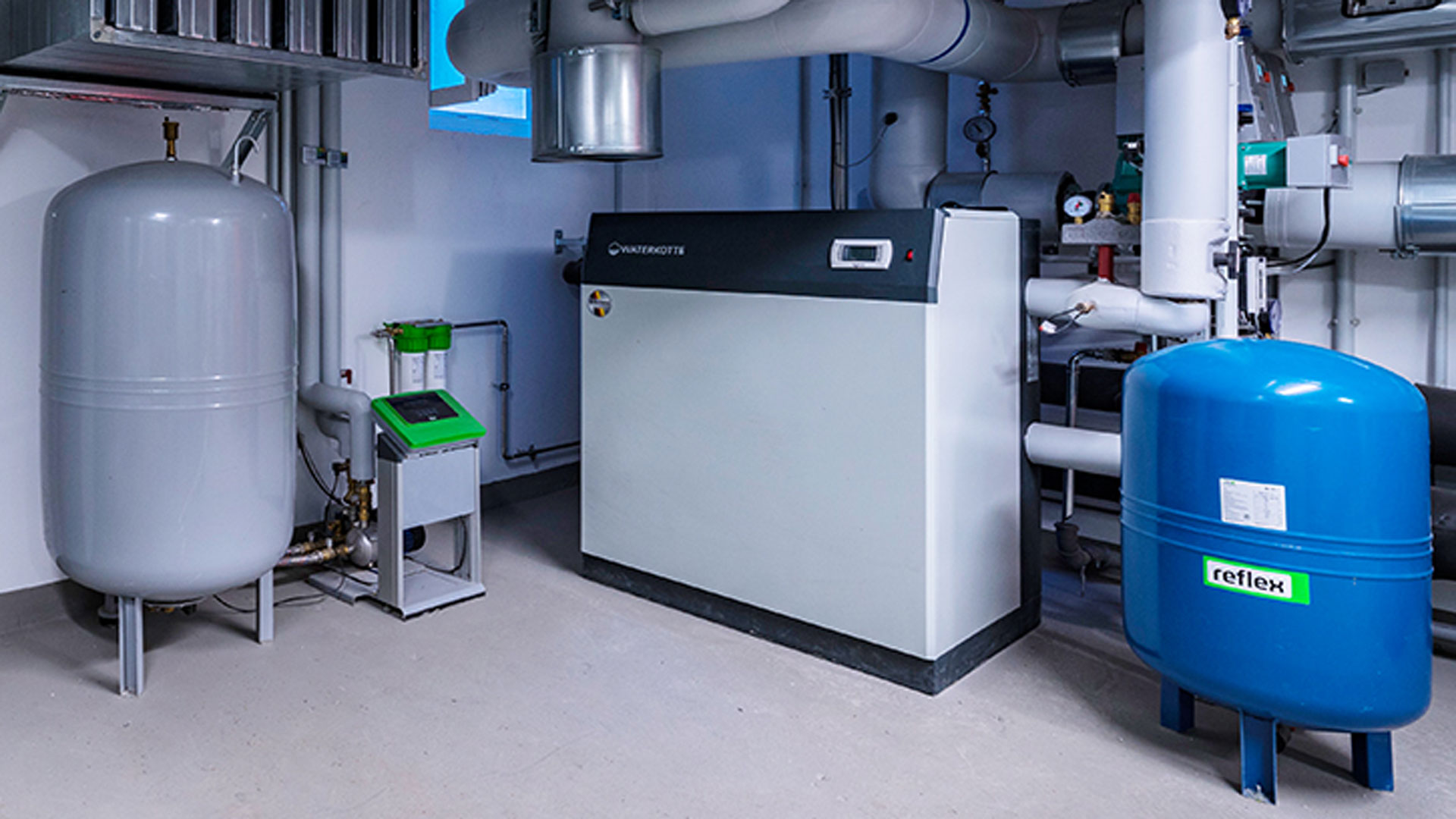
Wastewater pump (centre)
Extraordinary technology mix
The heat supply for the “Grüne Aue” district is provided by a combination of three different technologies. In addition to the wastewater heat pump, a combined heat and power unit (CHP) and a condensing boiler are used in the heating solution. The annual heat demand is 740 megawatt hours.
The heat pump uses the temperature of the wastewater to generate heat for the houses and thus contributes to the decarbonisation of the area. The electrical energy for the heat pump is covered by the micro CHP which generates heat and power in a combined process. The condensing boiler is only used to cover the heat demand at peak times.
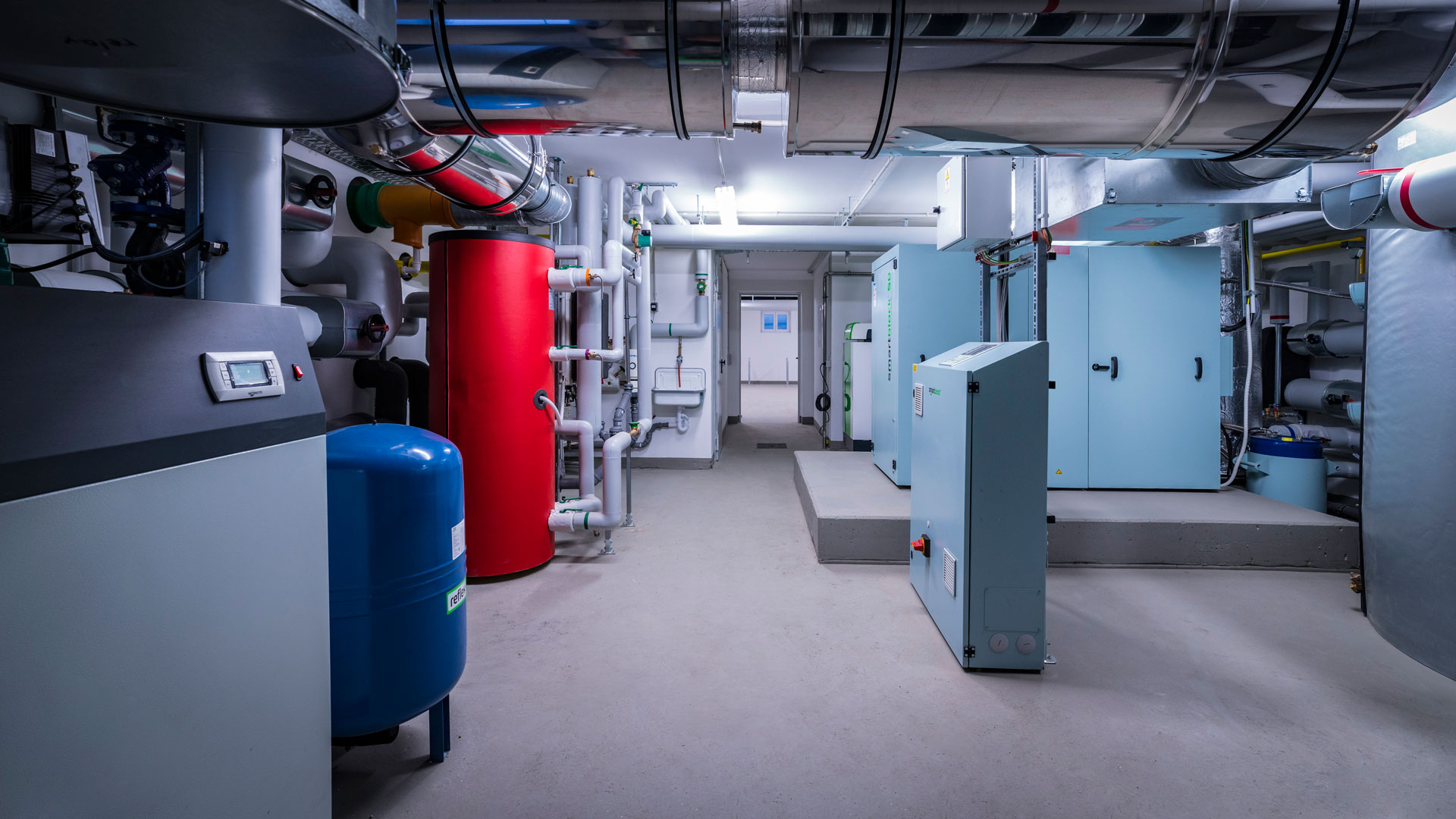
View into the boiler room with the heat pump (front left in grey)
The heat is distributed via a local heating network with a length of one kilometre. The unique combined system is supplemented by remotely readable heat meters that enable fully automated metering.
The combined heating system is owned and operated by Vattenfall while the customer buys the produced heat.


